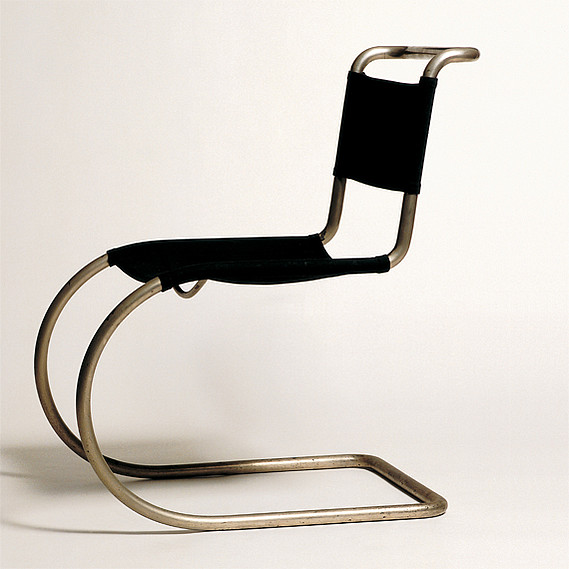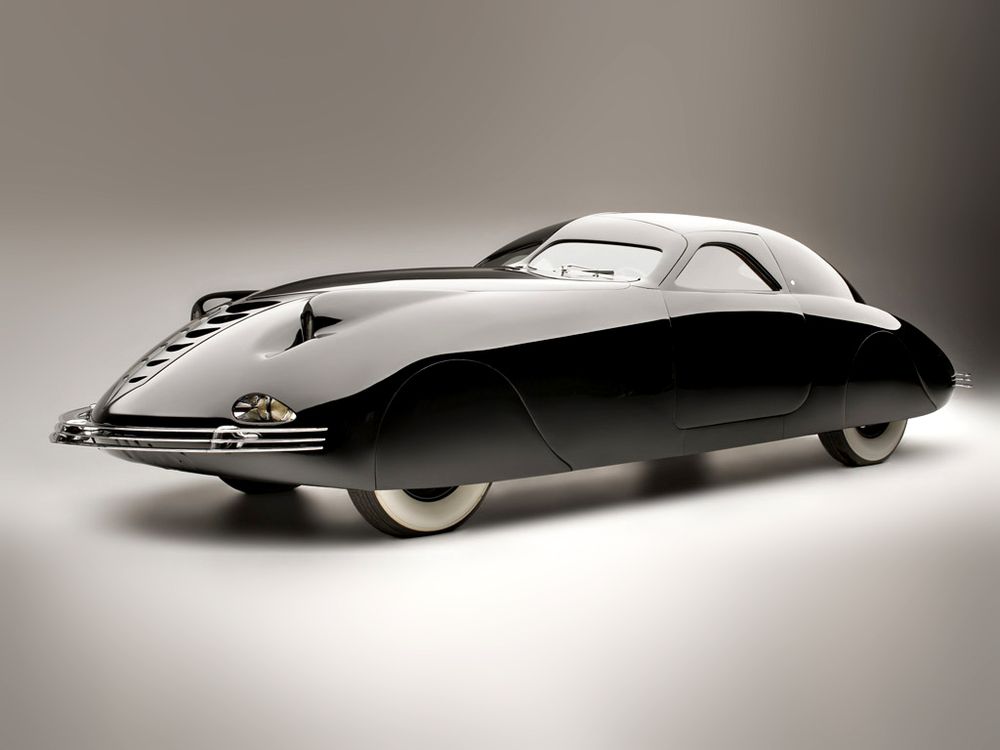Introduction
The history of design in the twentieth century has been largely shaped by the demands of businesses and commerce on the one hand, and by ethical ideals of how design can contribute to making a better society, on the other. This century was a period of numerous shifts and various emerging ideologies: First World War, Russian Revolution and Communism, Great Depression, Second World War II, Cold War and Post-Cold War periods. It was a time of innovation in all spheres of life, of nationalism, which began to integrate itself into society more and more as tensions in the world raised, of exploration and, finally, of the Digital Revolution. All of this affected artistic styles and techniques and was directly influencing the history of design. The world was riding on the back of the still recent Industrial Revolution, and mass production meant that industrialists, manufacturers, and designers were beginning to work together to achieve simple to manufacture, yet appealing and marketable designs for their products.
Main body
All of these factors placed designers in a very tight symbiosis with the “good business” and the ideals of the “good society” and in many ways defined the direction design took over the course of the century.
This trend started in the nineteenth century. Before the industrial revolution, goods with expensive and elaborate design, which invoked a feeling of taste and high-class, were produced by individual craftsmen and were only accessible to the cultural elite. However, the advances in manufacturing and development of molding, stamping, and electroplating production techniques meant the creation of a new market of available, mass-produced goods, which nevertheless were good imitations of elegant products, attributed to the elite.
This was met with severe backlash from critics, such as John Ruskin and William Morris in Britain, who perceived such production ideas as “dishonest” and “inappropriate” in terms of techniques and materials. While the topic may have caused stirs among critics and some of the designers, the manufacturers were mostly unaffected, and the products instantly found their market (Woodham 11).
At the start of the twentieth century, the average consumer had access to most of the key inventions of the period: from the automobile to the telephone and electric lighting. New methods of transportation were quickly dissolving the boundaries between the cities, the villages and between countries.
As market completion was growing, the need to integrate design into mass production was becoming increasingly apparent.
This led to what is usually seen as the beginning of the history of design, with the establishment of Deutscher Werkbund (German Association of Craftsmen) in 1907. It was a union of German designers, artists, architects, and industrialists. These people wanted to reconcile product manufacturers with professional designers, to improve the standing of German businesses in the global market (“Deutscher Werkbund” par. 1-3)
Werkbund is also notable, because it was more of a state-funded establishment than an independent artistic movement. Still it was massively influential on a global scale. A good example of the results of this union is the Weissenhof Chair, which has a design that is both eye-pleasing and ergonomic, as well as cheap and easy to manufacture (“MR 10 – Ludwig Mies Van Der Rohe” par. 1).

Werkbund was a direct influence on the creation of Bauhaus, “construction house”, a modernist art and design school, founded in 1919. Bauhaus was meant to unite all art directions under a single roof. It had a massive influence on the development of art, architecture, graphic and industrial design, as well as typography. (“Bauhaus Movement, Artists and Major Works” par.1)
Another important art movement that tightly connected with design and production was futurism. Originating in Italy, the futurism movement can be seen as a reverse to the industrial movement of Werkbund and Bauhaus. While the latter used design to improve manufacturing and big businesses, Italian Futurism aimed to use progressive technology to augment design. Futuristic designs reflected technological innovation, speed, energy and violence, the desire for the future (Woodham 13).
The early twentieth century design was heavily influenced by the events and moods that were taking place around the world. Both Europe and the USA were overwhelmed with waves of revolutionary ideas, desire for non-conformism and new ways to express oneself. The principal idea was to move away from simply decorating objects and places as an afterthought, towards creating beautiful yet practical designs with function in mind. And as the function was becoming more streamlined and efficient, so was the design.
The dynamic slowed down during the years of First World War and the Great Depression, as a result of standardization and rationalization inherent to militarization and rearmament. This continued for some years after the World War II, as the wartime debts and inflation slowed down resurrection of the economy. However, the short revival between the Great Wars was also quite lucrative in terms of design and demand symbiosis. The masses required an escape from the horrors of the recent war and the economic crisis. And the distraction came in the form of Art Deco. It merged the luxury and desire for cheap and accessible materials, the modern and the ancient cultural influences, manufacturing and handcrafting. Unlike modernism, it was escapist in its nature. Thus, despite being functional, it cared more for the human desire for pleasure and comfort. This was a demand that industrialists and designers worldwide were happy to meet (“Art Deco” par. 1-4).

In the end, the deprivation resultant of the Wars became a huge factor in stimulating economy and manufacturing. After it had disappeared, people launched into consumerism with newfound enthusiasm. And this once again brought designers and manufacturers together, with even stronger emphasis on marketability and organizational issues of design. With the advent of globalization, the design norms, which were developed in the first three decades of the twentieth century, spread around the world and became the accepted standard. The designers were focusing less on self-expression, and more on trying to win over clientele with practical, cheap, yet appealing designs.
This was the rise of numerous designer firms, bureaus, and associations, who would consult big businesses, develop impressive advertising campaigns. Artists were moving away from specialized designs, creating products that looked sleek-yet-accessible and intuitive. (“Anxiety and Hope in the Aftermath of World War II” par. 1)
The late twentieth century felt like an explosion of color and shape in comparison to the artistic movements of the previous decades. The public got bored with a range of similar styles that united the world, and this resulted in a defiant demand for difference and innovation, designs that would break the norms. The personal style once again became in demand, and big businesses seized the opportunity to produce more, sell more and differentiate more.
Conclusion
Ultimately, by the end of the twentieth century, the society became somewhat less extreme with its tastes, but the purpose of products goes in hand with the implied individuality of its design. Companies advertise different styles as a means to express oneself, find one’s identity in the modern world. This gave the designers an unseen before freedom to be creative.
As we can see, “good business” and ideals of a “good society” hold an active responsibility for the rapid development of design in the twentieth century. Nowadays, in the twenty-first century, one implies the other, and businesses and designers are very reliant on each other to succeed in the new, competitive market.
Works Cited
“Anxiety and Hope in the Aftermath of World War II.”Victoria and Albert Museum. n.p., 2009. Web.
“Art Deco.”Victoria and Albert Museum. n.p., 2003. Web.
“Bauhaus Movement, Artists and Major Works.”The Art Story. n.p., n.d. Web.
“Deutscher Werkbund.” Encyclopedia Britannica. n.p., 2015. Web.
“MR 10 – Ludwig Mies Van Der Rohe.” Vitra Design Museum. n.p., n.d. Web.
Woodham, Jonathan M. Twentieth century Design. Oxford: OUP Oxford, 1997. Print.